Mooncakes, Lanterns and Legends: How Asia Celebrates Mid-Autumn Festival
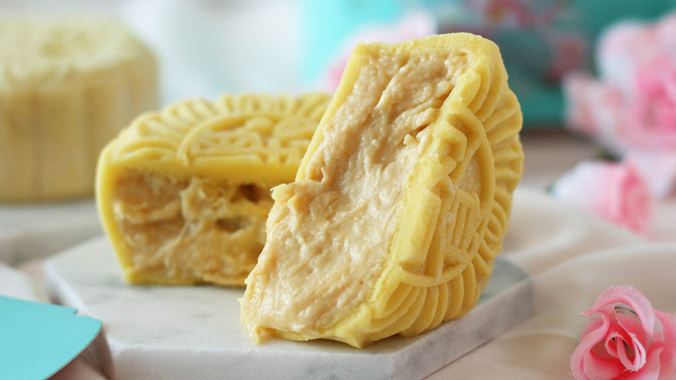
Article
Mooncakes, Lanterns and Legends: How Asia Celebrates Mid-Autumn Festival
As we enter into the 8th lunar month, many cultures around the world come together to celebrate the Mid-Autumn Festival—a time marked by the full moon, harvest abundance and family reunions.
The festival primarily originated as a harvest festival, a time to thank the gods for bountiful crops. However, the full moon, symbolising abundance and unity, became a focal point of these celebrations. While the essence of the festival remains the same, the ways in which different cultures celebrate vary greatly. Let's embark on a global journey to discover the enchanting ways different countries honour this special occasion.
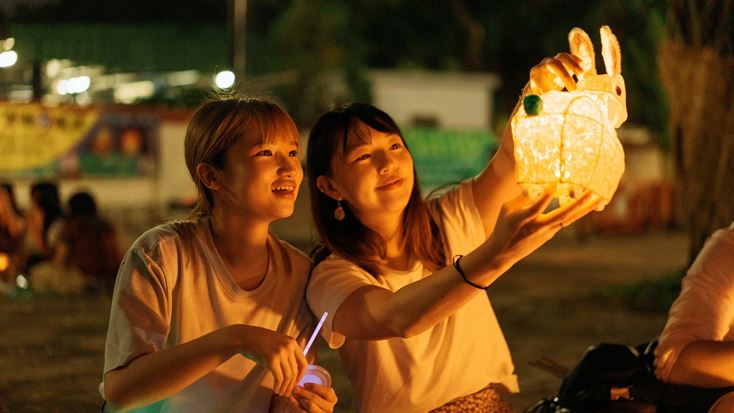
Mid-Autumn Festival has its roots deeply embedded in Chinese culture. While the exact origins of the festival are shrouded in myth and legend, it is widely believed that it originated in ancient China.
It is now one of the most important traditional celebrations in China, and is dedicated as a three-day long public holiday. This allows families and friends to fully immerse themselves in the festivities and enjoy extended time together. Over time, the festival has spread beyond China's borders and became a celebrated tradition in other parts of East Asia, including Vietnam, South Korea, and Japan. However, China remains its birthplace and the heart of this cherished tradition.
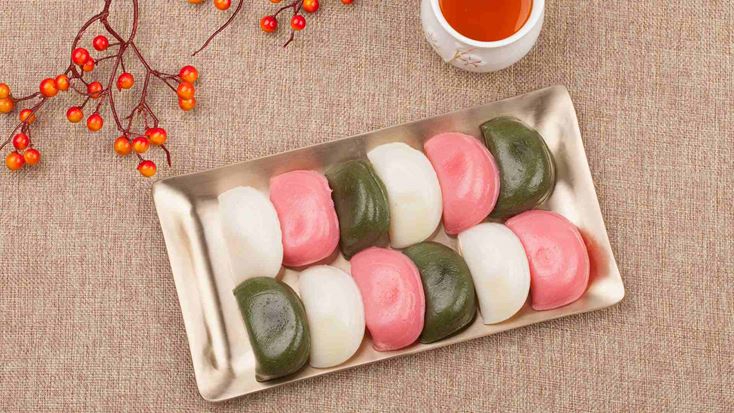
In South Korea, the Mid-Autumn Festival is known as Chuseok, which translates to “autumn evening.” Chuseok is one of the most significant holidays in Korean culture, celebrating the fall harvest and paying homage to ancestors.
During Chuseok, families prepare and share a variety of traditional dishes, including songpyeon, which are rice cakes filled with sweet or savory fillings and shaped like half-moons. Other traditional foods enjoyed during this time include bibimbap and jeon (savory pancakes).
The festival also involves performing charye, a ritual to honor ancestors, and participating in folk games such as ganggangsullae, a circle dance performed by women under the full moon. This dance symbolises unity and strength.
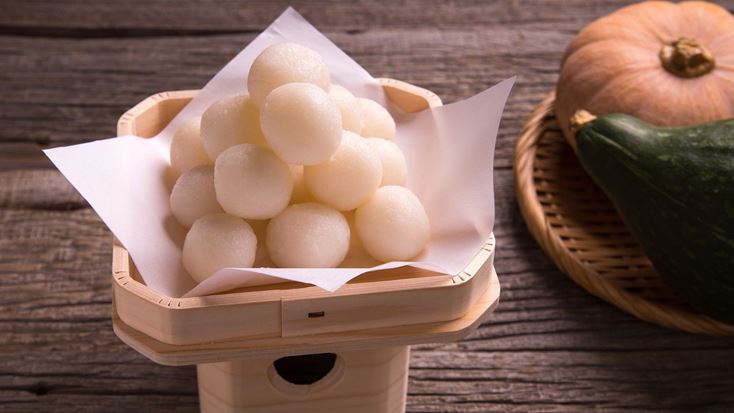
In Japan, the Mid-Autumn Festival is celebrated as Tsukimi, which means "moon viewing." This tradition dates back to the Heian period (794-1185) and is a time to appreciate the beauty of the full moon and reflect on the changing seasons.
Tsukimi is marked by traditional foods such as tsukimi dango (round rice cakes) and seasonal dishes made with ingredients like sweet potatoes and chestnuts. The round shape of these foods symbolises the full moon and the harvest.
People often set up altars with offerings of rice and seasonal produce to honor the moon. Japanese families might also take moonlit walks or enjoy moon-viewing parties in gardens and parks, accompanied by poetry and music.
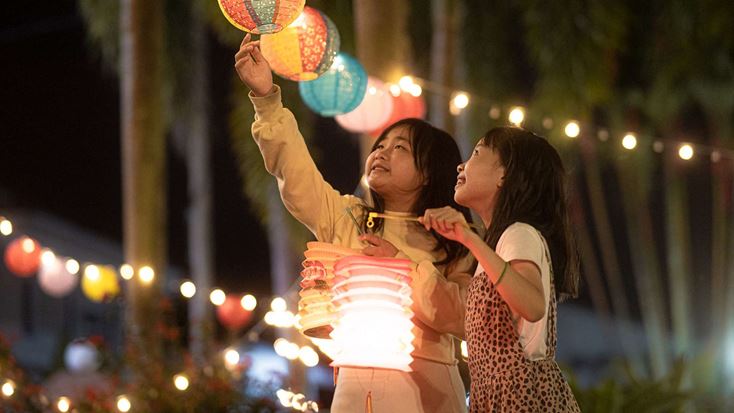
In Vietnam, the Mid-Autumn Festival, known as Tet Trung Thu or the Children’s Festival, is particularly focused on children. The festival marks the end of the harvest season and is celebrated with joyous activities aimed at bringing happiness to the younger generation.
Vietnamese families prepare for the festival by making colorful lanterns and delicious mooncakes. These lanterns are often carried during parades and processions, with children singing and dancing along the streets.
Traditional performances during the festival include lion dances and storytelling. The festival is also a time for families to honor the legend of the Moon Lady, a mythical figure who is said to live on the moon and bring good fortune.
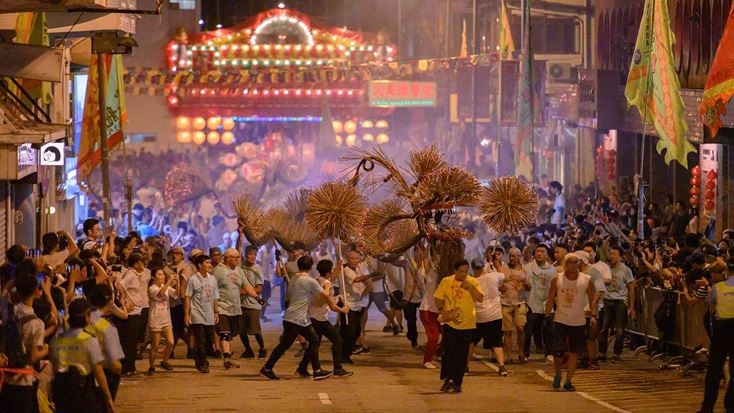
Hong Kong's Mid-Autumn Festival is a vibrant celebration that showcases the city's unique blend of Chinese traditions and Western influences. One of the most iconic and captivating events during this time is the Fire Dragon Dance.
In Chinese culture, the dragon is a symbol of power, wisdom and good fortune. The Fire Dragon Dance is believed to ward off evil spirits and bring prosperity to the community. It is a particularly impressive performance featuring a dragon, often several hundred feet long, adorned with hundreds of small candles or LED lights, creating a mesmerising spectacle as it winds through the streets.
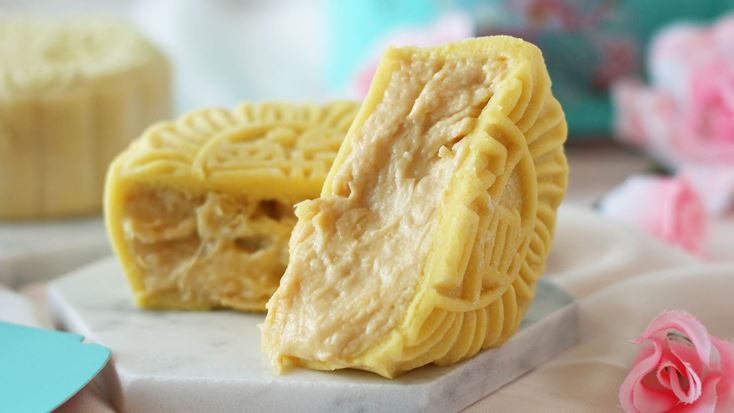
In Malaysia and Singapore, the Mid-Autumn Festival is a vibrant fusion of Chinese traditions and local cultural elements. The festival is celebrated with a blend of traditional Chinese practices and regional influences.
One of the highlights of the celebration in these countries is the colorful lantern displays and street parades. Both children and adults carry intricate lanterns of various shapes and sizes, lighting up the night and creating a festive atmosphere.
The culinary aspect of the festival includes a wide variety of mooncakes, with innovative fillings that reflect the multicultural nature of these nations. In addition to traditional mooncakes, you might find flavors such as durian, pandan and even ice cream mooncakes.
From its humble beginnings as a harvest celebration, the Mid-Autumn Festival has transformed into a global event. While the specific customs may vary across different cultures, the core idea of gratitude, family reunion and the beauty of the moon remains constant. No matter where you are in the world, take this day as a great opportunity to connect with loved ones and enjoy each other’s companionship under the beautiful full moon.
L Privileges wishes everyone a happy and fruitful Mid-Autumn!


 Download L Privileges app
Download L Privileges app









